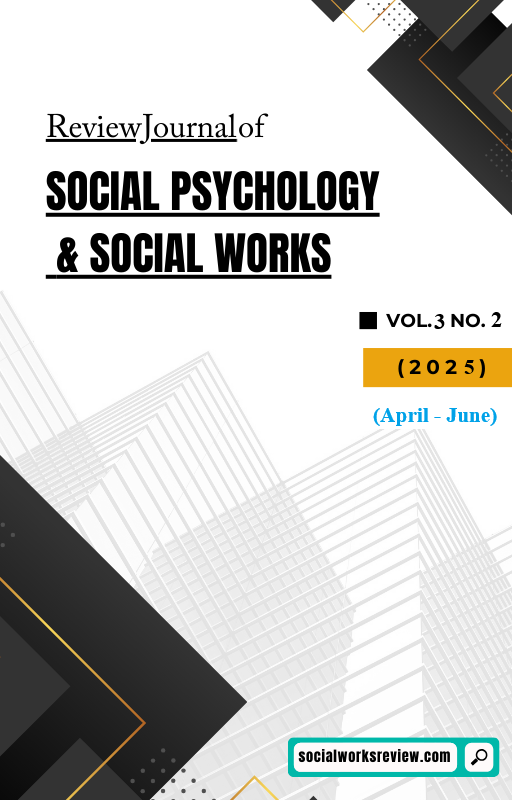Multi-Generational Workforce Management: Fostering Collaboration, Knowledge Transfer, and Employee Satisfaction across Generations
DOI:
https://doi.org/10.71145/rjsp.v3i2.238Abstract
The modern-day face of the workforce is more diverse than ever before from a generational perspective we are talking about Baby Boomers, Generation X, Millenials or, better still, Generation Y and Generation Z. These cohorts each come with different values and experiences; communication styles and expectations at work — all of which are influenced by the social and technological landscapes they grew up in. On the one hand, this diversity offers great opportunities for innovation, knowledge sharing, and larger insights into broader markets; on the other hand, it challenges leadership, communication, and collaboration. Managing a multigenerational workforce takes planning and thoughtfulness; organizations will have to learn how to adapt, which often means learning how to work with different communication methods and ways of communicating. We must address generational differences to minimize misunderstandings, aid in teamwork, and create a sense of inclusiveness in the workplace. This includes qualities like job stability and structured feedback, which Baby Boomers like, and ones that Millennials and Gen Z value, such as flexibility, purposeful work and a culture of always keeping things exciting. Generation X stands between other cohorts, preferring autonomy and work-life balance. In this paper, we discuss strategies for managing a multigenerational workforce with inclusion, intergenerational mentorship, powerful communication tools, and approachable development and feedback systems in diverse ways. Supported by existing literature and current practices, the discussion provides recommendations on how organizations can match workplace leadership strategies with the requirements of all employees regardless of age. Businesses can embrace generational diversity through specific strategies that develop cohesive, adaptive, and resilient teams. Collaboration across age groups not only creates satisfied, retained employees but also future innovative organizations that will succeed in a global economy that is transitioning at breakneck speed.





